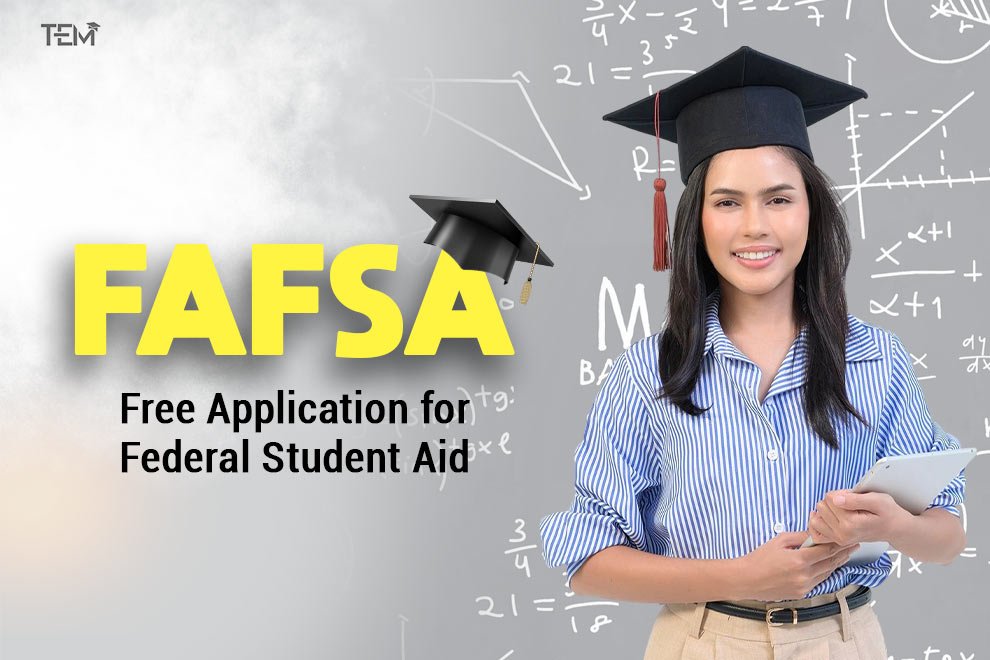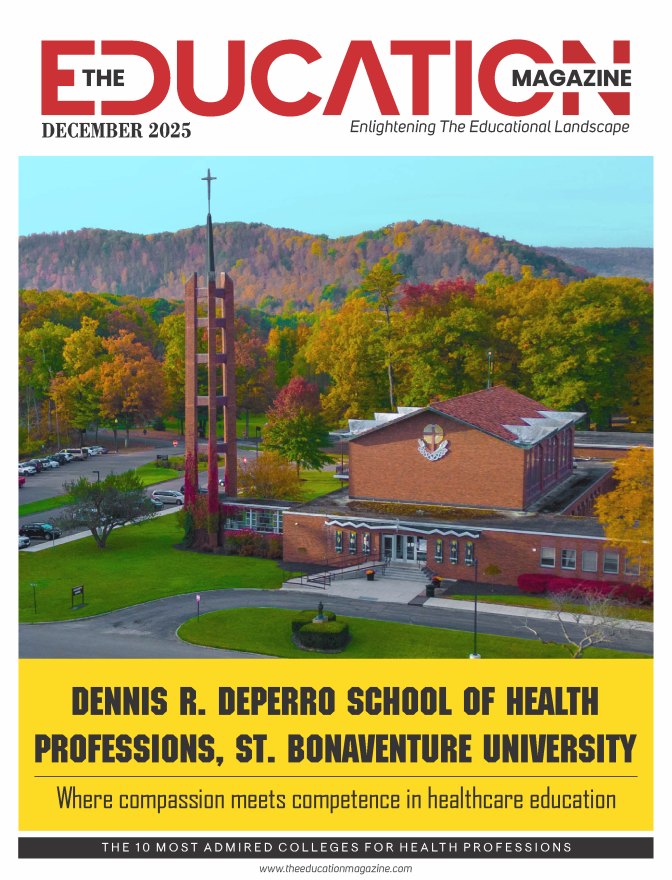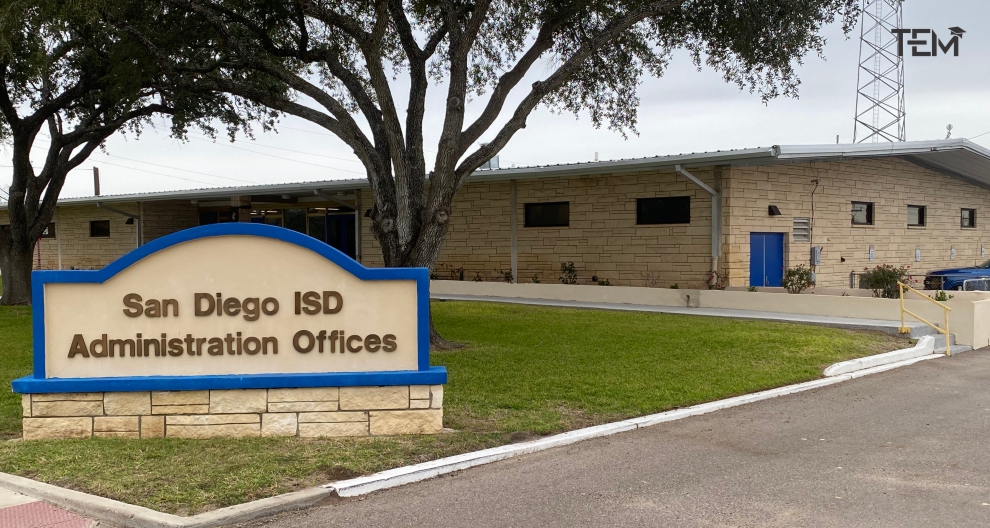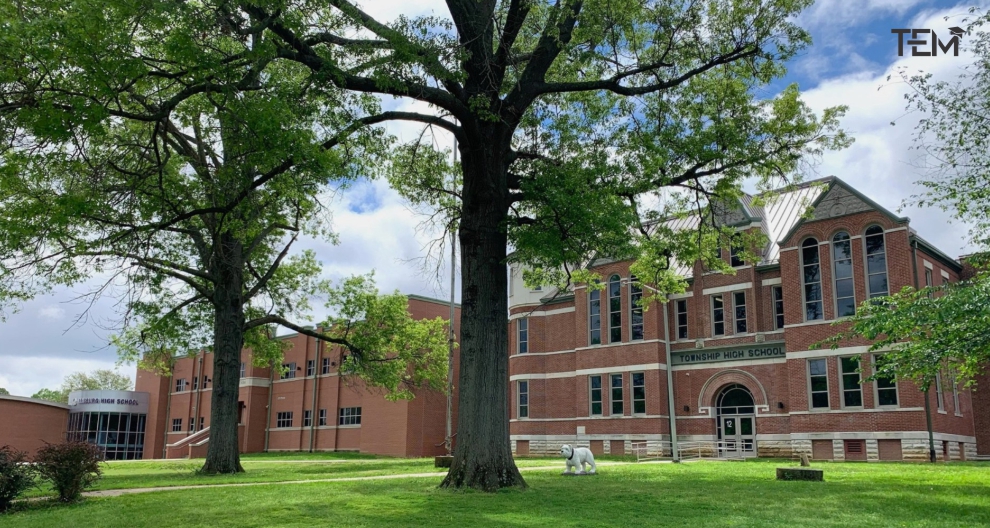We observed major changes with the 2024-2025 FAFSA. Now, as the 2025-2026 cycle begins, a smoother process is widely expected. Improvements are certainly ongoing. However, navigating federal student aid can still feel like a maze. Despite efforts to streamline the process, technical glitches and common errors persist. These issues often cause real anxiety. They create frustrating delays for students and their families. They can even put vital financial aid at risk.
This blog post is your comprehensive FAFSA (Free Application for Federal Student Aid) troubleshooting hub for the 2025-2026 academic year. Think of it as your expert guide through any potential roadblocks. We will help you understand common problems. We offer clear solutions. Ultimately, we ensure you can navigate challenges effectively. Our goal? To help you maximize your financial aid opportunities. You will feel confident completing your application accurately. Bookmark this page for easy future checks. Share it with anyone facing FAFSA hurdles.
Before You Begin: Essential 2025-2026 FAFSA Prep
Getting ready for your 2025-2026 FAFSA means knowing key dates. It also means acting quickly. You must gather important papers. Plus, you need to grasp the vital role of your FAFSA contributors. They share financial details. They also approve access to tax information.
A. Key Dates & Deadlines
The 2025-2026 FAFSA is now open. It officially launched on December 1, 2024. This changed from the old October 1 start date. So, it’s open now!
You must check your state and college FAFSA deadlines. These often come earlier than the federal deadline. This step is crucial. It ensures you qualify for all aid. This includes state grants and school scholarships. Indeed, many students miss out by waiting too long.
Submitting your FAFSA as soon as possible is still vital. Many aid programs give money on a first-come, first-served basis. Early filing really boosts your chances. It helps you get maximum aid. Consequently, you receive financial aid award letters faster. This helps you compare offers. You make better college choices than. Imagine it like a concert. The best seats go quickly!
B. Crucial Documents Checklist
Getting your papers ready is a smart move. This makes your FAFSA journey smooth. Think of it like gathering all your tools before building something important.
All FAFSA participants must create an FSA ID. This includes students, parents, and spouses. Make your account before you start. Request your FSA ID at least three days early. This avoids delays. Even without a Social Security Number, contributors can make an FSA ID. They use other ways to prove identity.
You need specific personal numbers. Collect Social Security Numbers (SSNs). Get dates of birth. Have accessible email addresses ready. This applies to each contributor and the student. These details ensure proper contact. They help with correct identification.
The FAFSA uses older tax data. For the 2025-2026 aid year, use your 2024 federal tax returns. The Direct Data Exchange helps here. This system shares tax info directly from the IRS. It simplifies data entry. It also makes things more accurate. You just give your consent.
You must report untaxed income. This includes money, like child support received. It also covers veterans’ benefits. List any other nontaxable sources. Each dollar counts for your FAFSA.
Gather records of your money. Collect details for your cash holdings. This means your savings and checking accounts. Be sure to include stocks, bonds, and mutual funds too. Also, list businesses and farms. But remember, some assets are out. For example, life insurance payouts are excluded. So, know what to count.
C. Understanding the “Contributor” Concept (Refresher)
A “contributor” plays a key role. They share financial data on your FAFSA form. Think of them as crucial partners in your aid journey.
A contributor is any person who must give financial details. This includes the student. It also covers the student’s spouse, if married. Biological or adoptive parents are contributors, too. Stepparents of dependent students also count.
Each contributor must finish their part. They also provide the required signatures. This makes the FAFSA complete. The system protects privacy. Contributors see only their sections. The student only sees their own. This keeps personal data safe.
Contributors must give clear consent. They approve the Department of Education. This allows for the retrieval of tax data from the IRS. It uses the Direct Data Exchange. Without this consent, no Student Aid Index (SAI) shows up. This makes the student ineligible for federal aid. This consent is a one-time yearly approval. You cannot take it back for that FAFSA cycle. It’s a critical step.
Contributors without a Social Security Number can still join. They use other ways to prove identity. Also, they must act within a set time. This happens once you invite them. This process gets sensitive tax data securely. It uses it only for aid eligibility.
Proper preparation helps ensure a smooth FAFSA experience. Do this for the 2025-2026 cycle.
Common 2025-2026 FAFSA Glitches & How to Fix Them
A. The Ever-Present FSA ID Issues
FSA ID problems can cause delays. Yet, you can fix most of them. Think of it like a puzzle. You just need the right pieces.
SSN Not Found or SSN Mismatch Errors:
Check your Social Security Number (SSN) carefully. Enter it exactly as the SSA issued it. If you recently changed it, allow time for updates. Contact the SSA for corrections if needed. If problems continue, call the Federal Student Aid (FSA) ID help center. They offer direct assistance.
Account Lockouts and Password Resets:
You can reset your password. Use the official FSA ID recovery page. It is very secure. Be ready to answer security questions. Answer them accurately. This helps restore your account access quickly.
Contributor FSA ID Problems (No SSN):
Contributors without an SSN must verify identity manually. Submit other identification documents. Follow instructions to create a StudentAid.gov account without an SSN. Finish the account setup early. Verification might take longer. This helps avoid further delays.
B. Contributor Invitation & Consent Roadblocks
Contributors play a vital role. Sometimes, inviting them hits roadblocks. Yet, clear steps help you move forward.
Invitation Not Received or Accepted:
First, check spam or junk email folders. Look for the invitation email there. Confirm the email address used for the invite. Make sure it is completely correct. Resend the contributor invitation if necessary. If problems continue, contributors can log in directly. They visit StudentAid.gov. There, they check for pending invites.
“Consent Not Provided” or Glitches:
You must consent to share Federal Tax Information (FTI). This consent is absolutely required. The FAFSA cannot process without it. If glitches stop consent, follow official guidance. This might mean waiting for backend fixes. Some workarounds exist. You might delete the invite. Then, recreate it. This resets the consent process. This is a common solution.
Login or Access Issues for Contributors:
Verify the contributor’s FSA ID. Check the username and password carefully. Clear browser caches and cookies. Or, try logging in with different browsers. Use other devices if needed. If access stays denied, contact FSA for help. They assist with login problems.
C. Student Aid Index (SAI) Calculation Problems
The Student Aid Index (SAI) is key for aid. Sometimes, its calculation has problems. Knowing these issues helps you react.
“SAI Not Calculated” or Missing on FAFSA Submission Summary (FSS):
Common reasons exist here. You might have missing consent to get tax data. Or, your family size information might be incomplete. Review your FAFSA Submission Summary. Look for warning messages or notices. Advise patience. Processing delays can happen. Corrective actions might become necessary. For example, submitting corrections may be needed.
Unexpectedly High or Low SAI Post-Processing:
Review all data you entered for accuracy. Focus on income and assets. Understand that certain money parts greatly affect SAI. This includes untaxed income or reported assets. Consider filing a correction. This updates your SAI for any errors you find. This step is important for getting the correct aid.
D. FAFSA Submission Summary (FSS) Errors & Delays
The FAFSA Submission Summary (FSS) is vital. It confirms your application details. Sometimes, errors or delays appear.
FSS Unavailable or Delayed:
Processing times vary. Understand that. Delays can occur. These might last several days or weeks. This happens after FAFSA submission. Check your FAFSA status online. Use your StudentAid.gov account dashboard. Contact FAFSA support. Do this if delays seem too long. This means beyond normal timelines.
Incorrect Information on FSS:
Identify the error source. Review your original FAFSA data entry. Check your supporting tax documents. Initiate corrections promptly. Do this as soon as corrections become available. It is necessary. Consult the FAFSA help resources. They guide you on submitting corrections. This ensures accuracy.
E. Post-Submission Correction Challenges
Submitting your FAFSA is a big step. However, corrections can bring new challenges. Knowing these helps you prepare.
“FAFSA In Draft” or Unable to Submit Corrections:
First, ensure all contributors have signed the form. They provide needed financial information. If technical issues block submission, clear your browser cache. Or, try other devices. Be aware of system outages. Temporary maintenance can affect functionality. This may delay your FAFSA.
Corrections Triggering New Errors:
Sometimes, correcting one thing causes another issue. Document any error messages you see. This helps with referral. Contact FSA customer support about the error. Give them the details you documented. Exercise patience. Await resolution or system updates. These can take time.
F. Data Exchange (FADDX) Issues
The Direct Data Exchange (FADDX) simplifies things. It pulls tax data. Yet, sometimes it fails. Fixing these issues helps your FAFSA.
First, verify contributor details. The SSN, name, and filing status must match. They must match their IRS tax return exactly. If mismatches continue, you must act. Proceed with manual financial information entry. Enter it directly into the FAFSA form. Stay updated with official guidance. This helps when using manual entry. It applies in cases of data exchange failure. This ensures your application moves forward.
G. Dependency Status Disputes & Unusual Circumstances
Your dependency status matters greatly. It decides what FAFSA information you need. Sometimes, disputes or unique situations arise.
Incorrect Dependency Determination:
Review the rules for independent status. These include age, military service, or marriage. Other qualifying conditions also count. If you disagree, contact your school’s financial aid office. They can help with dependency overrides. Or, they can guide appeals.
Documenting Unusual Circumstances for 2025-2026:
Some students face tough situations. They might be homeless or abuse victims. Others cannot give the parent information. These students should tell their financial aid office. Submit the required documents. This includes letters from social workers. Counselors or other officials can also write letters. They support your claim. Follow the financial aid office’s instructions. Do this to complete the FAFSA with unusual circumstances.
Addressing these common FAFSA glitches helps. It systematically increases your chances. This leads to a successful application. It also means timely financial aid processing. This applies to the 2025-2026 academic year.
Proactive Strategies for a Smoother 2025-2026 FAFSA
A smooth FAFSA experience is possible. Start early. Stay organized. Use official resources always. Communicate carefully with financial aid offices. Also, avoid paid services. These steps are crucial for 2025-2026.
A. Start Early & Stay Organized
Begin your FAFSA preparation early. Do this well before deadlines. It avoids last-minute stress. It also prevents errors. Keep detailed records. Organize all FAFSA communications. Save confirmations and supporting documents. This allows quick reference. It helps with corrections if needed.
B. Double-Check Everything
Accuracy is critical. Carefully verify every entry. Focus on SSNs, dates of birth, and money figures. Mistakes here cause big delays. They can even lead to FAFSA rejections.
C. Utilize Official Resources
Use StudentAid.gov. It is the only official site. Complete and submit your FAFSA there. This ensures security and accuracy. Refer to the FSA Knowledge Center. It provides technical updates. Find alerts and policy changes there. Contact the Federal Student Aid Call Center. They offer personalized help. Ask about FAFSA questions or technical problems.
D. Communicate with Financial Aid Offices (FAOs)
Reach out to college financial aid offices. Use phone or email. Clarify school-specific processes. Ask about deadlines. Understand that FAOs cannot fix FAFSA errors. But they can advise on solving issues. They also guide you on school aid. Maintain patience. Use clear, respectful communication. This builds positive relationships. It smooths aid processing.
E. Don’t Pay for FAFSA Help
FAFSA filing is completely free. Do not use paid services. They promise FAFSA help. Avoid scams. Avoid unnecessary spending. Rely only on official government websites. Use authorized FAFSA help programs. They give trustworthy support.
Adopting these proactive strategies helps. It reduces common application issues. It also maximizes financial aid. This applies to the 2025-2026 academic year.
What Happens After Submission & Next Steps (Approx. 150-200 words)
You completed your 2025-2026 FAFSA. Now, expect varied processing times. Online forms usually process quickly. It often takes one to three days. However, schools might get your data later. This can be several weeks post-submission. So, set real expectations. Paper forms take even longer. This could be seven to ten days, or more.
Schools receive your FAFSA information. Then, they send a financial aid offer letter. This letter details your aid eligibility. It shows grants, scholarships, loans, and work-study. Review these offers carefully. Compare them from different schools. Focus on aid types and total amounts. Look at out-of-pocket costs too. Comparing offers helps you understand true costs. This guides your best financial fit.
Your money situation might change. If so, contact your school’s financial aid office. You can appeal your aid award. This applies if your offer does not reflect your current state. Appeals often need documents. These explain your situation.
Stay informed always. Subscribe to official Federal Student Aid emails. Regularly check your StudentAid.gov dashboard. Look for updates. Watch for requests for more details. Check for required actions too. These keep your aid eligibility.
Key Takeaways
Navigating the FAFSA journey for 2025-2026 demands strategic thinking. It’s more than just filling out a form. Think of it as a financial engineering project. Each step requires precision. Here are the core insights to ensure your success:
1. Act Early, Even If the System Delays: The FAFSA opened in December 2024. Despite this, early submission remains your best play. Aid often goes first-come, first-served. Waiting means you might leave money on the table. Consider this your financial head start.
2. Precision Prevents Pain: Small errors cause big problems. Your SSN, dates, and money figures must be exact. One typo can trigger delays. It can even prevent your Student Aid Index (SAI) calculation. Treat data entry like a tax audit. Accuracy truly pays.
3. “Consent” is Non-Negotiable: For contributors, giving tax data consent is critical. Without it, your FAFSA won’t process. No SAI means no federal aid. This isn’t just a click. It’s a mandatory financial authorization. Understand its absolute power.
4. Be Your Own FAFSA Detective: Glitches happen. Errors will appear. Do not panic. Learn to check your FSS. Understand common error messages. Document everything. Approach issues like a problem-solving exercise. This proactive stance saves time and stress.
5. Leverage Official Resources: StudentAid.gov is your primary tool. It offers security. It provides accuracy. Avoid paying for FAFSA help. Free, trustworthy guidance exists. Use the FSA Knowledge Center and official call centers. These are your true allies.
6. Communication is Your Compass: Financial aid offices are your partners. Talk to them. Clarify school deadlines. Understand their role. They advise, even if they cannot fix direct FAFSA errors. Good communication smooths your path.
Mastering your FAFSA is a significant financial step. It secures your college future.











